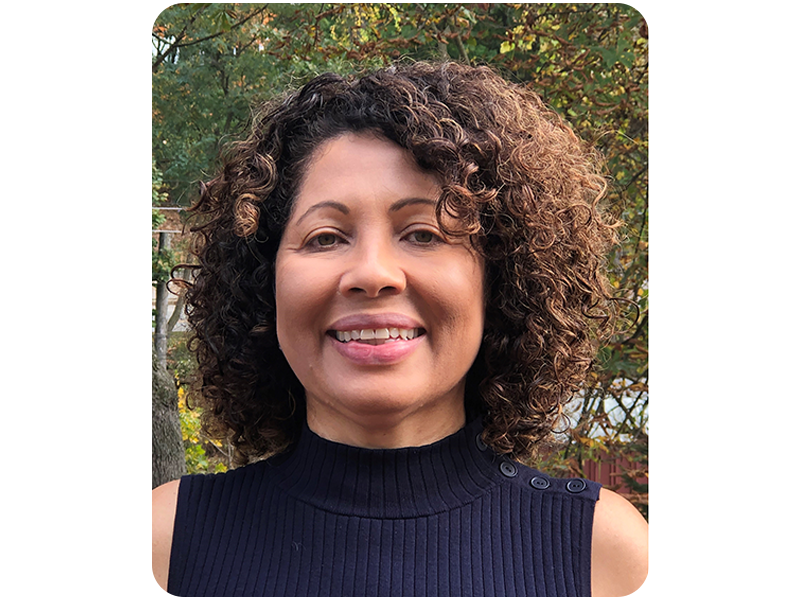October 14, 2022 8:00 am
Imagine Math Students Donate to Hurricane Ian Relief in Record Time
Within just a few hours, U.S. students who solved more than 228,000 Imagine Math problems, converted earned math points to $5,000 for the American Red Cross Hurricane Ian Fund
Scottsdale, Ariz., OCTOBER 14, 2022 – Students across the U.S. who use Imagine Learning’s Imagine Math program completed math problems and donated earned points from the program to raise $5,000 for the American Red Cross Hurricane Ian Relief Fund in just a few hours. Throughout the school year, students solved more than 228,000 math problems to earn more than 5 million math points, which translates to $5,000 for Hurricane Ian relief. On Monday, Oct. 10, Imagine Learning representatives presented a $5,000 check to the American Red Cross chapter in Tampa, Florida. The funds will be dedicated to supporting relief efforts in Lee County, Florida.
“The Red Cross is grateful for the generosity of community partners like Imagine Learning, which makes a life-changing difference to neighbors facing unimaginable loss from Hurricane Ian,” said Kristin Burke, Chief Development Officer for the American Red Cross of Central Florida.
The donation is a part of Imagine Learning’s charitable giving program. Since the incentive program’s inception in 2008, students who have used Imagine Math have donated 1.7 trillion math points, completed more than 2.6 million math lessons, and worked through more than 84 million math problems for a total giving of $172,173 to the American Red Cross. Over the years, students have converted their hard-earned point donations to a variety of American Red Cross causes, including the Haitian Relief Fund, the Japanese Earthquake and Tsunami Relief Fund, numerous hurricane relief funds, and most recently the Jackson, Mississippi water crisis.
“When Imagine Math students learned they could contribute to the Red Cross to help people affected by Hurricane Ian, they responded in record time,” said Jeff Pendleton, SVP and General Manager of Supplemental and Intervention for Imagine Learning. “Normally, it might take up to a week for student donations to reach the $5,000 level but in this instance, it only took 3 hours, which is both astonishing and inspiring.”
Students from schools all over the country donated their Imagine Math points. Top donations came from schools in Illinois and Texas, in addition to Renaissance Middle Charter School in Doral, Florida.
“We could not be prouder of our students; they are an amazing example of our Charter School USA tenets, Integrity of putting others first, and Passion for providing the best education for every child,” said Renaissance Middle Charter School Principal, Elaine Castellanos. “On behalf of Renaissance Middle Charter School, I commend 6th grade accelerated math teacher Mr. Beck and his students for their dedication and kindness.”
Imagine Math combines a rich curriculum with fun, adaptive digital experiences to help students become confident math learners. Recent studies have shown that students who utilize Imagine Math demonstrate significant academic gains on standardized assessments. Ideal as a supplement to standards-based PreK—Geometry core instruction, Imagine Math’s two age-appropriate learning environments are designed for student engagement. In grades 3 and above, students are invited to a meaningful exploration of mathematical understanding. Rigorous, standards-rich content adapts to the unique needs of each learner to develop essential foundations and conceptual understanding they need to achieve grade-level mastery. In addition, students in grades 3 through 8 can earn points by completing lessons which can be turned into charitable donation dollars.
More information about Imagine Math is available at imaginelearning.com/imagine-math.
About Imagine Learning
Imagine Learning is a PreK–12 digital learning solutions company that ignites learning breakthroughs by designing forward-thinking solutions at the intersection of people, curricula, and technology to drive student growth. Imagine Learning serves more than 15 million students and partners with more than half the school districts nationwide. Imagine Learning’s flagship products include Imagine Edgenuity®, online courseware and virtual school services solutions; supplemental and intervention solutions for literacy, language, mathematics, and computer science; and high-quality, digital-first core curriculum, including Illustrative Mathematics®, EL Education®, and Odell Education®—all on the Imagine Learning Classroom—and Twig Science®. Read more about Imagine Learning’s digital solutions at imaginelearning.com.






